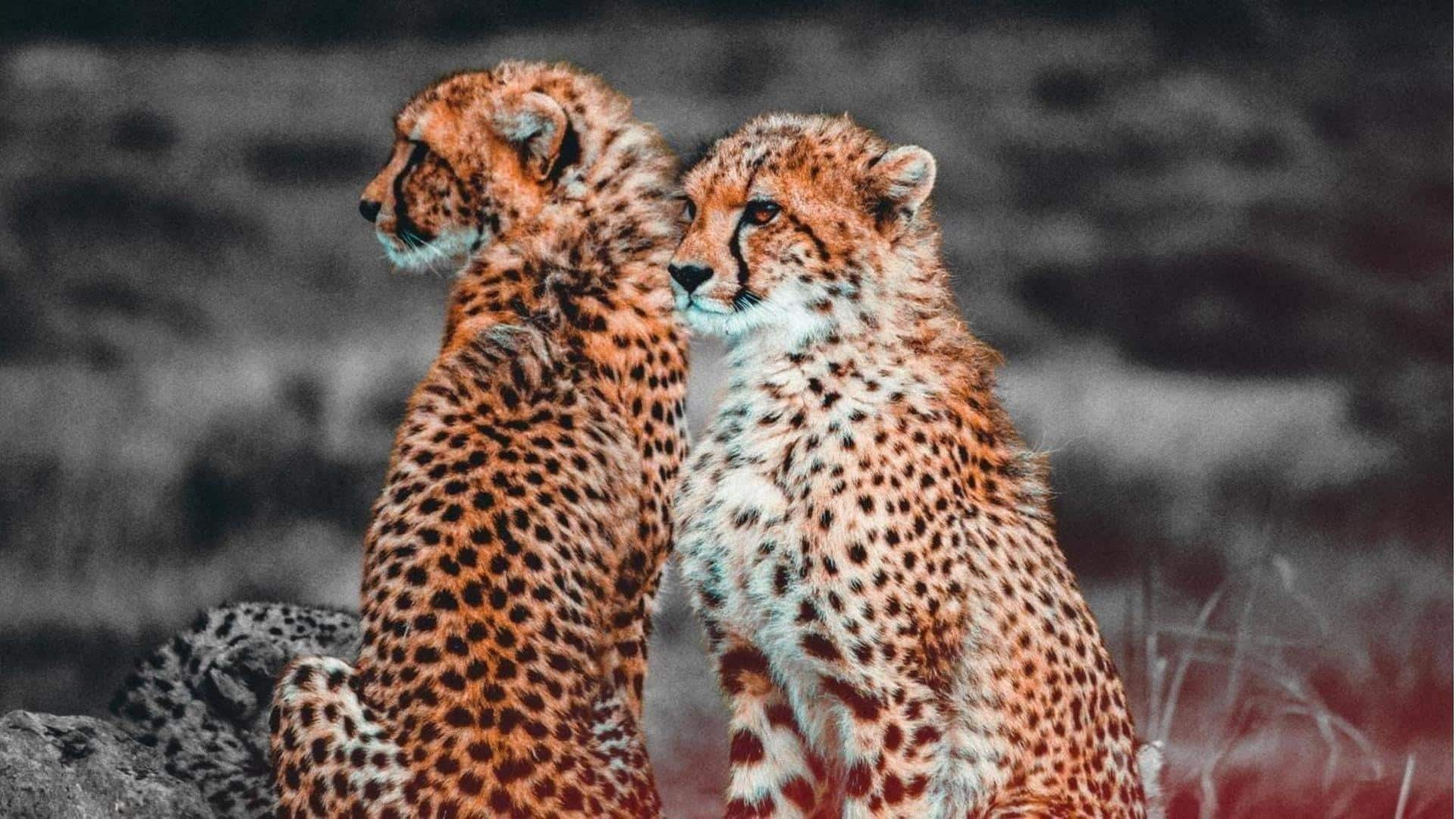
#NewsBytesExplainer: Progress, setbacks of India's 'Project Cheetah' after 1 year
What's the story
Sunday marks a year since Prime Minister Narendra Modi released the first batch of eight Namibian cheetahs at the Kuno National Park in Madhya Pradesh. He introduced the cheetahs under Project Cheetah, which is the world's first intercontinental large wild carnivore translocation project. While the project has experienced several setbacks and triumphs since its launch, let's look back at how the past year has been for these cheetahs in the country.
Details
Centre's vision for Project Cheetah
Under the project, the Centre has brought 20 cheetahs from Africa since September last year, and four cubs were born this year in March at Kuno. Notably, the central government reportedly plans to bring five to 10 cheetahs each year over the next 10 years under this initiative, with the goal of establishing a viable population of approximately 35 cheetahs.
What Next?
Setbacks faced by Project Cheetah
As of August, nine cheetahs have died due to reasons like infections and climatic factors, with the series of cheetah deaths beginning with a female big cat named Sasha on March 27. On April 23, a male feline named Uday passed away due to cardio-pulmonary failure, and another female cheetah named Daksha died after a violent encounter on May 9. On May 25, two cheetah cubs succumbed to "weather conditions," and another female cheetah named Tbilisi died on August 2.
Know more
Row over satellite collars
Following two more cheetah deaths in July, many reports blamed satellite collars, which are devices worn around the necks of cheetahs to track and monitor their activities, for the animals' infections. Dismissing those reports, Cheetah Project chief SP Yadav recently told the news agency ANI, "There is no truth that any cheetah died due to radio collars. I want to say that monitoring is not possible in the wild without radio collars."
Insights
Signs of hope for India's Project Cheetah
Despite all of this, there are several positives to Project Cheetah. News outlet Deccan Chronicle reported that Namibian cheetah Aasha successfully adapted to her new environment and has traveled 200km from Kuno's boundary. "Aasha has carried herself in such a manner in the last one year that gives lots of hope for the successful introduction and establishment of cheetahs in India," a forest official stated. Aasha was one of the eight Namibian cheetahs brought to the park last year.
Cats
India planning to bring in more cheetahs
India also plans to import a new batch of cheetahs from South Africa by 2023 end. They will likely be introduced into Madhya Pradesh's Gandhi Sagar Wildlife Sanctuary. National Tiger Conservation Authority (NTCA) head SP Yadav said that for the next batch, India will seek out cheetahs that do not develop thick winter coats, as this was a leading cause of severe infections. He added that the project's focus this time would be on breeding these cats.